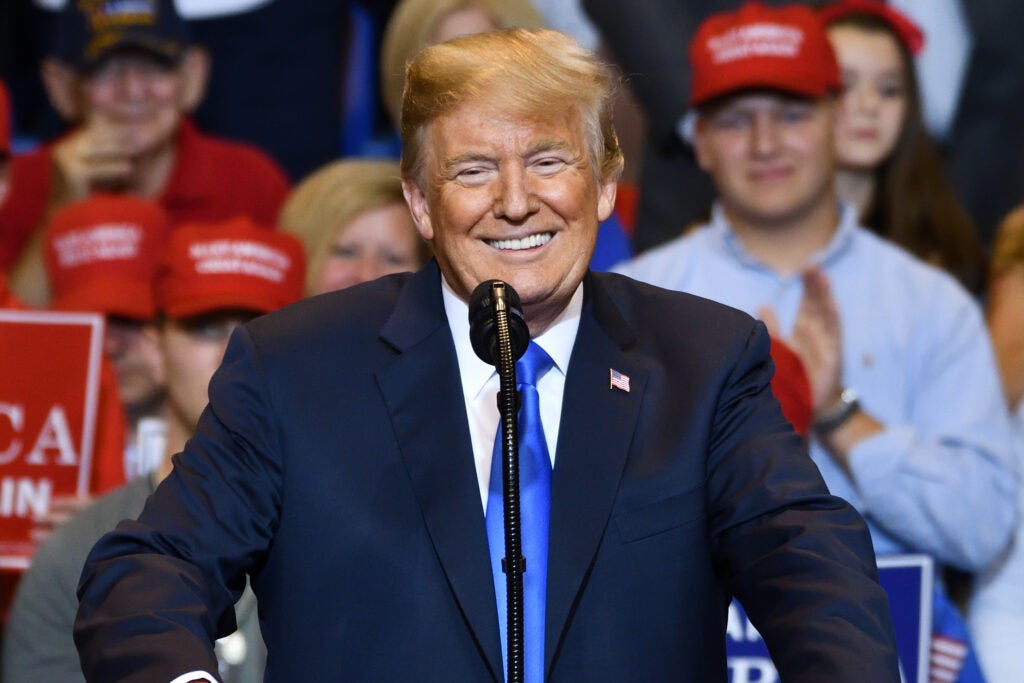
U.S. President Donald Trump has declared the signing of deals worth over $200 billion between the United States and the United Arab Emirates (UAE).
What Happened: A substantial portion of these agreements involves a $14.5 billion commitment from Boeing BA, GE Aerospace GE and Etihad Airways. The Abu Dhabi-based airline confirmed on Friday that it has placed an order for 28 wide-body Boeing aircraft fitted with GE engines, reported Reuters.
Etihad Airways stated that the new aircraft, set to join the fleet from 2028, align with the company’s “ongoing approach to aligning its fleet with evolving network and operational needs.”
According to its CEO Antonoaldo Neves, Etihad plans to add 20 to 22 new planes in 2025 as part of its goal to grow its fleet to over 170 aircraft by 2030 and support Abu Dhabi’s economic diversification efforts.
The White House earlier announced that Etihad had committed to a $14.5 billion investment to purchase 28 Boeing 787 and 777X aircraft equipped with GE engines.
Why It Matters: The deal comes on the heels of President Trump’s recent $1.2 trillion ‘Made in America’ win, where Boeing, GE and other companies secured a mega-deal with Qatar. The economic agreements between the United States and Qatar totaled over $243.5 billion, which included a significant sale of Boeing aircraft and GE Aerospace engines to Qatar Airways for $96 billion.
However, economist Peter Schiff warned that such massive deals could potentially spike US inflation and interest rates, citing America’s structural vulnerabilities. Schiff highlighted the potential financial fallout of Boeing’s mega deal with Qatar, which involves acquiring 160 jets for its state-owned carrier, Qatar Airways.
Boeing holds a momentum rating of 90.53% and a growth rating of 12.20%, according to Benzinga’s Proprietary Edge Rankings. The Benzinga Growth metric evaluates a stock’s historical earnings and revenue expansion across multiple timeframes, prioritizing both long-term trends and recent performance.
Image via Shutterstock
Disclaimer: This content was partially produced with the help of AI tools and was reviewed and published by Benzinga editors.

